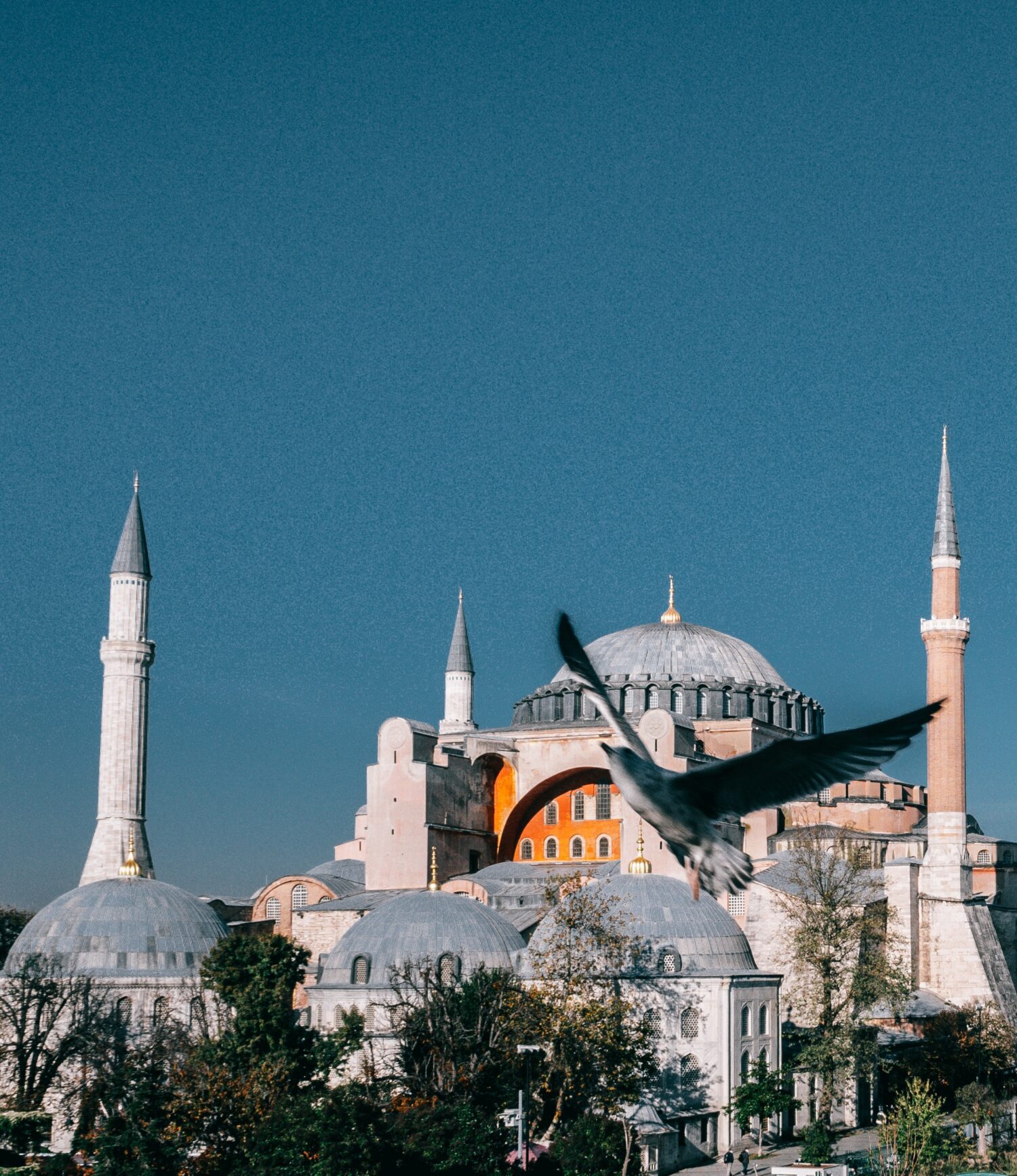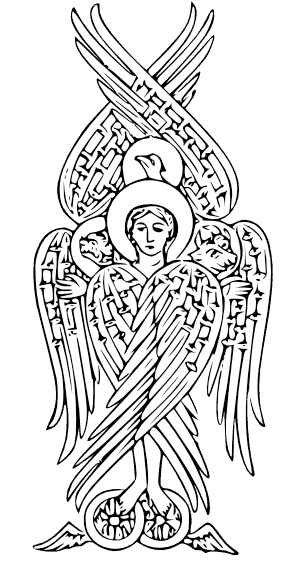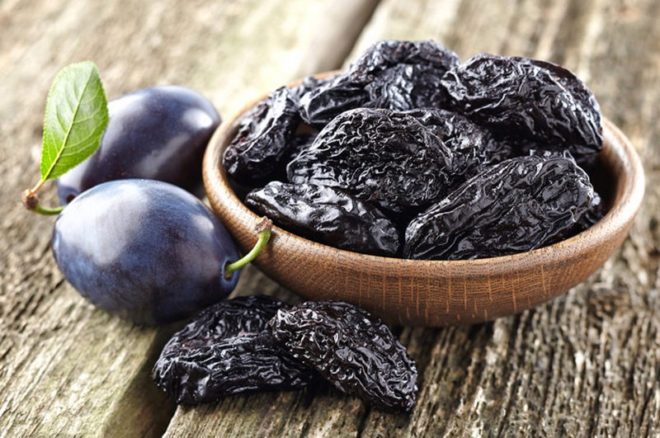The Association of Greek Archaeologists on 22.8.2022 published an open letter to the UNESCO Director General Audrey Azoulay, sounding the alarm about both Hagia Sophia and the Chora Monastery, which was also recently turned into a mosque, reported Orthochristian.com.
The Association believes that the photographic evidence of damage to the building that has emerged since 2020 suggests “bleak prospects for its future.”
Full text of the letter:
Open letter regarding the endangered monuments of Hagia Sophia and the Chora Monastery
Hagia Sophia, in today Istanbul, is a masterpiece of world architecture, the most representative monument of Byzantine civilization. It is a building of high significance -in terms of architectural composition, decoration and construction techniques- which impressed with its beauty and name the Ottomans who occupied Constantinople in 1453.
From 1935 to 2020 Hagia Sophia operated as a monument open to all kinds of visitors, where public access was ensured to every part of the historic building and also to the totality of its treasures. During this period of museum operation, the Byzantine mosaics of Hagia Sophia were uncovered and preserved, whereas restoration works were also undertaken, according to a programme that aimed at gradually revealing and promoting the historical identity of the monument. Thus, the visitor, both Turkish and non-Turkish, had the pleasure of enjoying the value of this outstanding monument that has embellished Constantinople since the 6th century AD.
In 2020 the Turkish Council of State decided to annul the 1934 Cabinet decree which had allowed Hagia Sophia’s operation as a museum (“mujesi”). The new decision recognized it exclusively as a waqf of Sultan Mehmed II (1432-1481) and, therefore, paved the way for the return of Hagia Sophia to its Ottoman-era status. At the time, in 2020, there was worldwide concern about the problems that would be created by using such a monument as a place of worship, as management without a scientific approach would gradually cause alterations and damage to the historic building. We, along with other scientific organizations, had expressed warnings about these problems.
And unfortunately these problems have now appeared along the way. Since 2020 and especially in the recent past, photographic evidence [1] has come to light with gloomy prospects for the future of Hagia Sophia. The Ottoman wooden door leaves of the Imperial Gate were damaged, wall coatings were scraped and removed, fountains and doors were used for shoe storage, marble floor slabs were destroyed. The unique Byzantine mosaics remain covered and unseen. Archaeological supervision has stayed outside the monument.
All this and probably more, still unknown, are connected with the uncontrolled flow of visitors (pilgrims) and the use of Hagia Sophia as a mosque without great historical depth, as a place where respect for history and art is absent. The lack of control of visitors and the absence of guards testify to the negligence for the protection of the monument and leave its protection at the mercy of the will of every visitor or pilgrim. Justifiably, therefore, concern has been aroused in Turkey and worldwide for the future life of Hagia Sophia.
In the last few years (2006 and onwards), when the Directorate of Religious Affairs (Diyanet) took over the management of Turkey’s monuments that were formerly in the hands of the Turkish Archaeological Service, many monuments have suffered irretrievable damage. In the context of renovation initiatives by the abovementioned institution, Byzantine and Ottoman monuments have been reconstructed and damaged. Representative, in this respect, are the works carried out at the Cumanin Camii (Panayia) in Antalya, a monument with Byzantine, Seljuk and Ottoman phases, as well as at the Süheyl Bey Cami in Istanbul, a mosque built by the workshop of Mimar Sinan (16th century).
It is with concern, therefore, that we hear that work is currently being carried out on another of Istanbul’s outstanding Byzantine monuments, the former katholikon of the Chora Monastery (Kariye Camii), so that it too can be used as a mosque. The covering up of the monument’s prestigious mosaics and frescoes, a glorious example of Palaeologan art, is an act of historical malpractice. We wonder how the Chora Monastery will be able to pass intact to the new operating status, after the 2020 decision of the Turkish Council of State, which also provided for the cancellation of its “museum use” and its conversion back into a mosque.
The Association of Greek Archaeologists has demonstrated its continuous interest in the protection of the material remains of the Byzantine era, fighting for monuments and sites that faced the possibility of destruction, first and foremost in our own country. Byzantium is an ecumenical heritage, a tradition that closely links peoples and nations in Southeastern Europe, the Mediterranean and beyond. The devaluation of Hagia Sophia and the Chora Monastery restricts the vast social potential that culture provides, puts obstacles to the promotion of 1: historical and artistic education, deprives Turkey of the understanding of its historical identity and of the important position the country ought to have as one of the depositories of Byzantine culture.
We would like to note that, according to tradition, Muhammad II, on the day of the Fall of Constantinople, prevented one of his soldiers from removing a marble slab from the floor of Hagia Sophia. The Sultan acted as the patron of Hagia Sophia. And indeed it was Muhammad II that respected the value of the old Christian church, when he converted it into a mosque and secured a considerable fortune for its operation as part of his own waqf. Hagia Sophia passed into the Ottoman era, experiencing a new golden age, thanks to the renovation initiative of Mohammed II, the Ottoman ruler who also respected its name. It is not in his name that Hagia Sophia can be subjected to this destructive management.
We ask UNESCO to intervene forcefully to reverse the current situation, which only poses risks for Hagia Sophia, the heart of the Historic Areas of Istanbul, a property inscribed on UNESCO’s World Heritage List.
Association of Greek Archaeologists
- See interalia: https://www.hurriyetdailynews.com/imperial-gate-in-hagia-sophia-mosque-damaged-173144, , https://www.duvarenglish.com/ancient-water-reservoir-broken-at-iconic-hagia-sophia-in-newvandalism-news-60842, https://twitter.com/ofyavascay?ref_src=twsrc%5Etfw%7Ctwcamp%5Etweetembed%7Ctwterm%5E1518744939814 866944%7Ctwgr%5E%7Ctwcon%5Es1_&ref_url=https%3A%2F
Photo by Meruyert Gonullu:














